3D-printed homes: All your questions answered
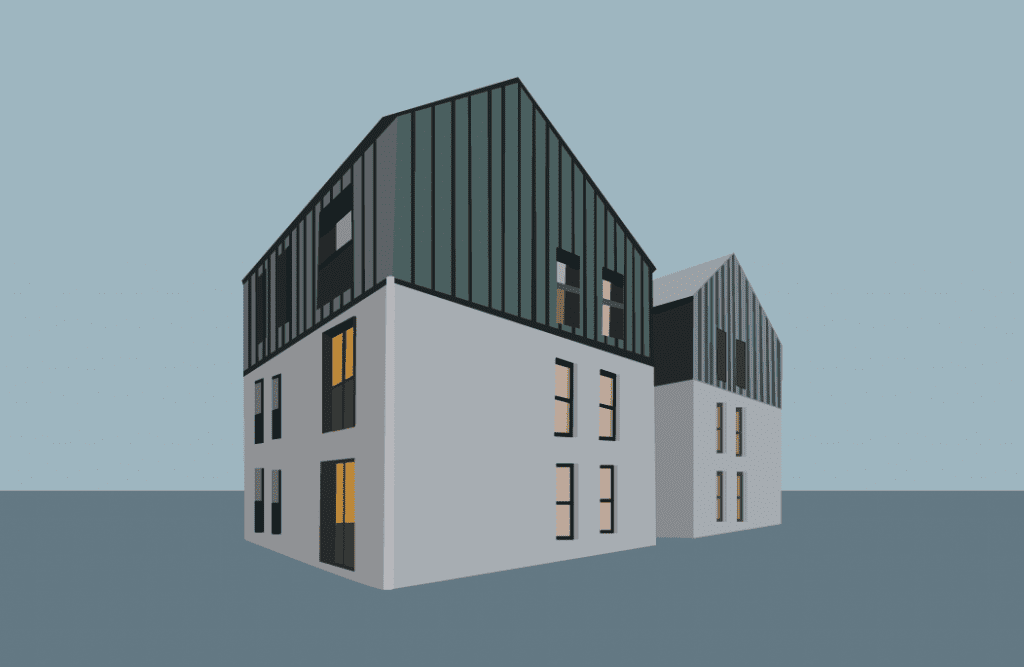
You might have seen the news that the first 3D-printed homes are being built in the UK – but what is a 3D-printed home and how are they made? In this blog, we answer all your burning questions about this relatively new construction technology.
What is a 3D-printed house?
A 3D-printed house is a building made using 3D printing. In most cases, the walls and foundations are made using 3D printed technology – everything else is made using traditional methods. 3D-printed homes are literally printed layer by layer using a big 3D printer.
When will 3D-printed houses be available?
Plans for the first 3D-printed housing project have been announced by not-for-profit housing restoration and construction firm Building for Humanity, but they have not yet confirmed when the printed homes will be available. The homes will be built to provide more affordable options for veterans and low-income families in Accrington, Lancashire.
Although this new development could indicate the start of a wider switch to more economical options like 3D-printed homes, it might be a while before the tech becomes mainstream in the UK.
How much is a 3D-printed property?
Although you can’t yet buy a 3D-printed home in the UK, many cities in the USA and countries in Europe have adopted this new technology. The first inhabitants of a 3D printed house in the Netherlands are paying half the price of rent that they would have to pay for a traditionally constructed home, which indicates how affordable 3D-printed housing could be.
A 2018 paper suggests that using 3D printing in the construction of properties could create an average cost saving of up to around 35% out of the total house price in the UK.
How much do 3D-printed homes cost to make?
The construction costs of 3D-printed homes vary depending on the size of the build, the materials used, and many other factors.
According to 3DRIFIC, a three-bedroom house could cost 20-40% less than a traditional house to construct in the USA, bringing a building that once cost between $250,000 and $320,000 to construct down to between $140,000 and $240,000.
Are 3D-printed houses cheaper?
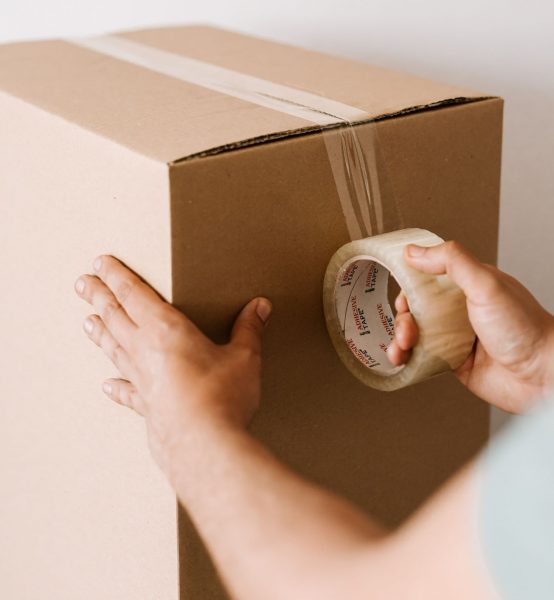
3D-printed properties do not require as much labour time, and the cost of materials is cheaper than traditionally built houses. There are many projects run by non-profits around the world that are aiming to use this technology to bring more affordable properties to low-income families.
However, this doesn’t necessarily mean that 3D homes will always be cheaper for the buyer as some 3D houses are being made to include luxury features in order to appeal to a higher-end market.
Can I buy a 3D-printed house in the UK?
No, you cannot yet buy a 3D-printed house in the UK. However, considering the UK housing crisis and the technology’s use in countries like the USA and Germany, it’s likely that they will start appearing more in the next decade.
How are 3D-printed houses made?
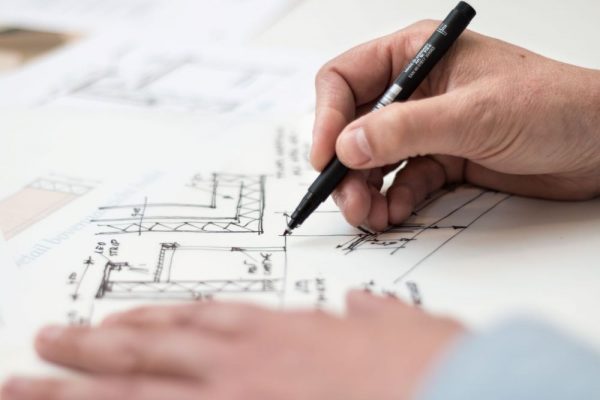
Much like a regular building, companies first create a blueprint of the house before sending it to the 3D printer to prepare it ahead of printing. Once the materials and other necessary items have been prepared, the 3D printer – including the robotic arm that pours the material in layers – is then set up at the site of the house. The printer is then turned on and the walls of the house are built layer by layer.
As only the foundations and walls are constructed using 3D printing, builders then complete the job by adding windows, doors, plumbing and electrical wiring so the house can be lived in comfortably.
What kinds of materials are 3D-printed homes made from?
Most are made from concrete, but they can also be made from other materials. Materials that have been used in the past to create a 3D-printed home include mortar, sand, mud, and even rice waste.
Can you 3D print concrete?
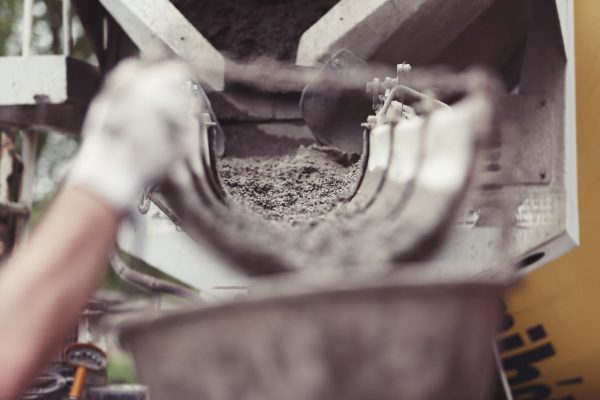
Yes, this is one of the most common materials used when constructing 3D-printed homes.
How long do 3D-printed houses last?
This will depend on the house’s construction, but it is generally thought that homes using this technology can be quite durable. It’s thought that 3D homes that have been constructed using concrete will likely last as long as a home made from concrete blocks – at least 100 years.
How many 3D-printed houses are there?
3D-printed housing technology is still in its infancy, but there are many countries across the world that are starting to adopt 3D printing in the construction industry, including China, India, the USA, and European countries like Germany and the Netherlands.
It’s difficult to estimate how many printed homes there are as there are many private companies working on creating and selling 3D-printed homes. There are a number of 3D-printed housing projects across the world, from 14Trees’ housing project in Kenya, which aims to help solve the country’s housing crisis, to Habitat for Humanity’s affordable housing project in Virginia, USA.
What do 3D-printed house interiors look like?
3D-printed homes come in all shapes, sizes, and styles, and their interiors differ depending on the owners and the decor used. Thankfully, they can be just as light and airy as any other modern home, and they often come with a number of preinstalled benefits, such as smart and eco-friendly technology.
Although you might have seen 3D-printed homes with the walls in their original layered style, the gaps can be filled in to create a more traditional building style.
Are 3D-printed houses safe?
Although it might be too early to judge whether 3D-printed homes are safe, houses that are made in line with modern regulations and construction codes and using hardy materials such as concrete should be safe.
Where can I buy a 3D-printed house?
Unfortunately, the number of 3D-printed homes available is limited, and in the UK the number is practically non-existent. There are also long waiting lists for these homes in other countries, so it might be a while before they are widely available to purchase.
Are 3D-printed houses the future?
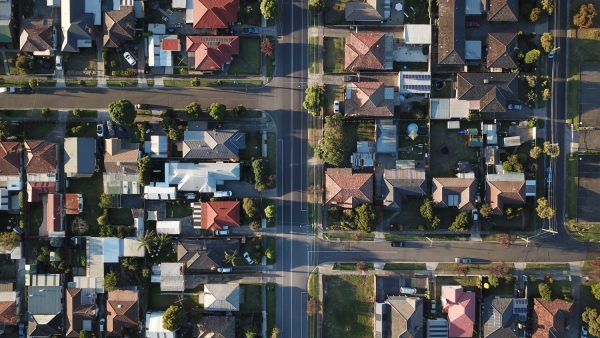
Many claim that they are, and it’s hard to argue with this as 3D-printed homes offer affordable properties in a fraction of the time. As the UK is facing a housing crisis because not enough homes are being built, 3D-printed homes could be the answer – as long as they are able to pass safety and regulatory standards.
Are 3D-printed houses sustainable?
They can be – printing a home means that the process creates almost no waste. It might also be possible to make 3D-printed homes out of renewable materials in the future.
What’s better: 3D printed homes or prefab homes?
Although these options are often viewed in opposition with one another, a 3D-printed home could actually be prefabricated, with some parts being built off-site before being moved on-site. It is still too early to know which technology offers the best and most affordable option, but we’re looking forward to finding out once the 3D-printed housing market picks up speed in the UK.
What was the first 3D-printed property?
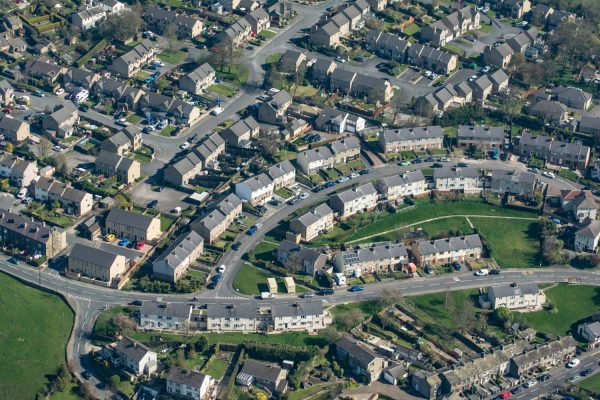
It’s likely that the first house constructed using 3D printing technology was in China – way back in 2014.
Is it possible to invest in 3D-printed properties?
Yes, you can invest in 3D home companies or buy a printed home once more become available in the UK. With many predicting that they are our future, this could be a worthy investment.
Thinking of buying a 3D-printed home in the UK?
If you’re thinking of buying a 3D-printed home in the UK, make sure you contact Adrian Flux for your 3D-printed home insurance. We’re the first insurance provider in the UK to offer cover for these unusual homes – call us on 0800 081 0777 for a quote.




